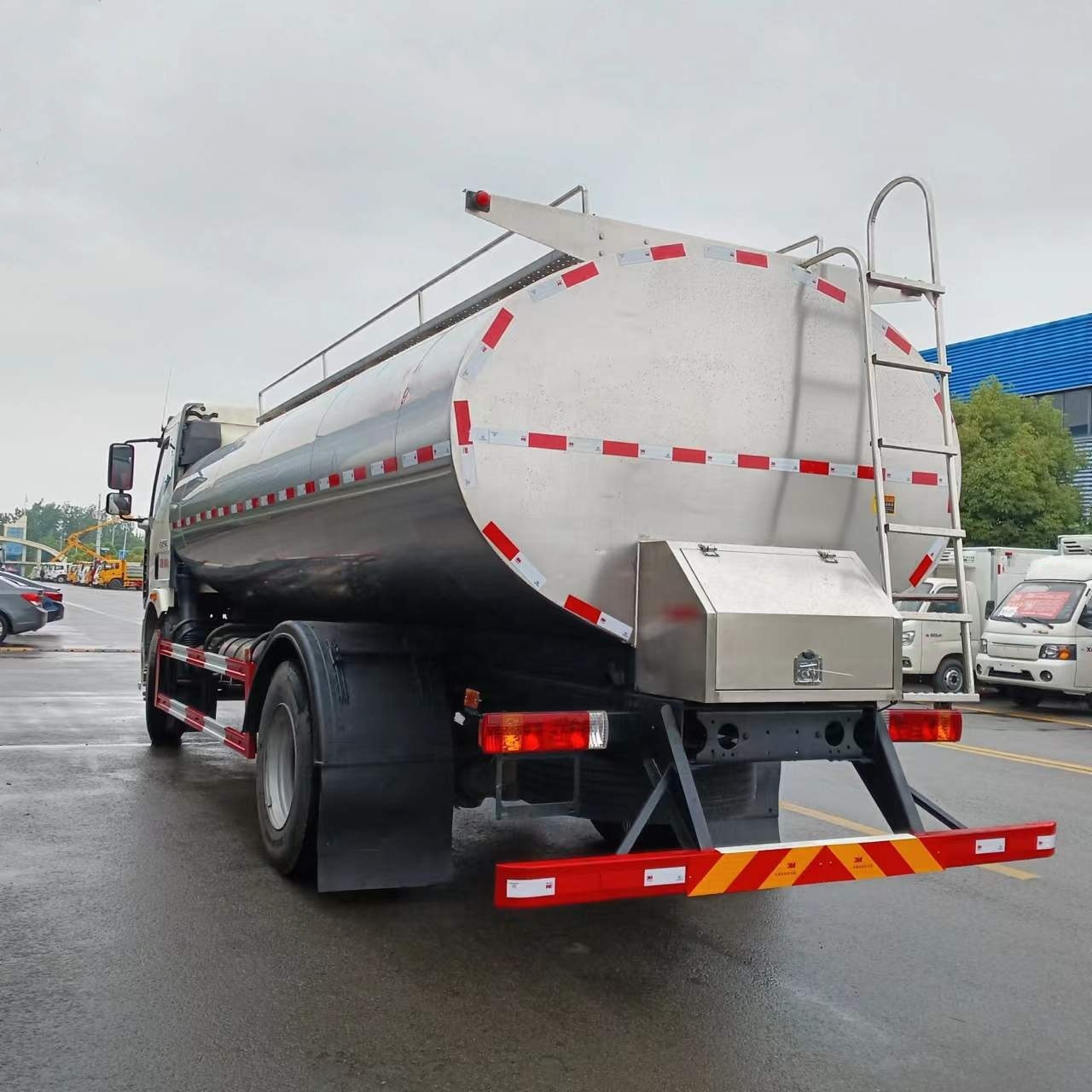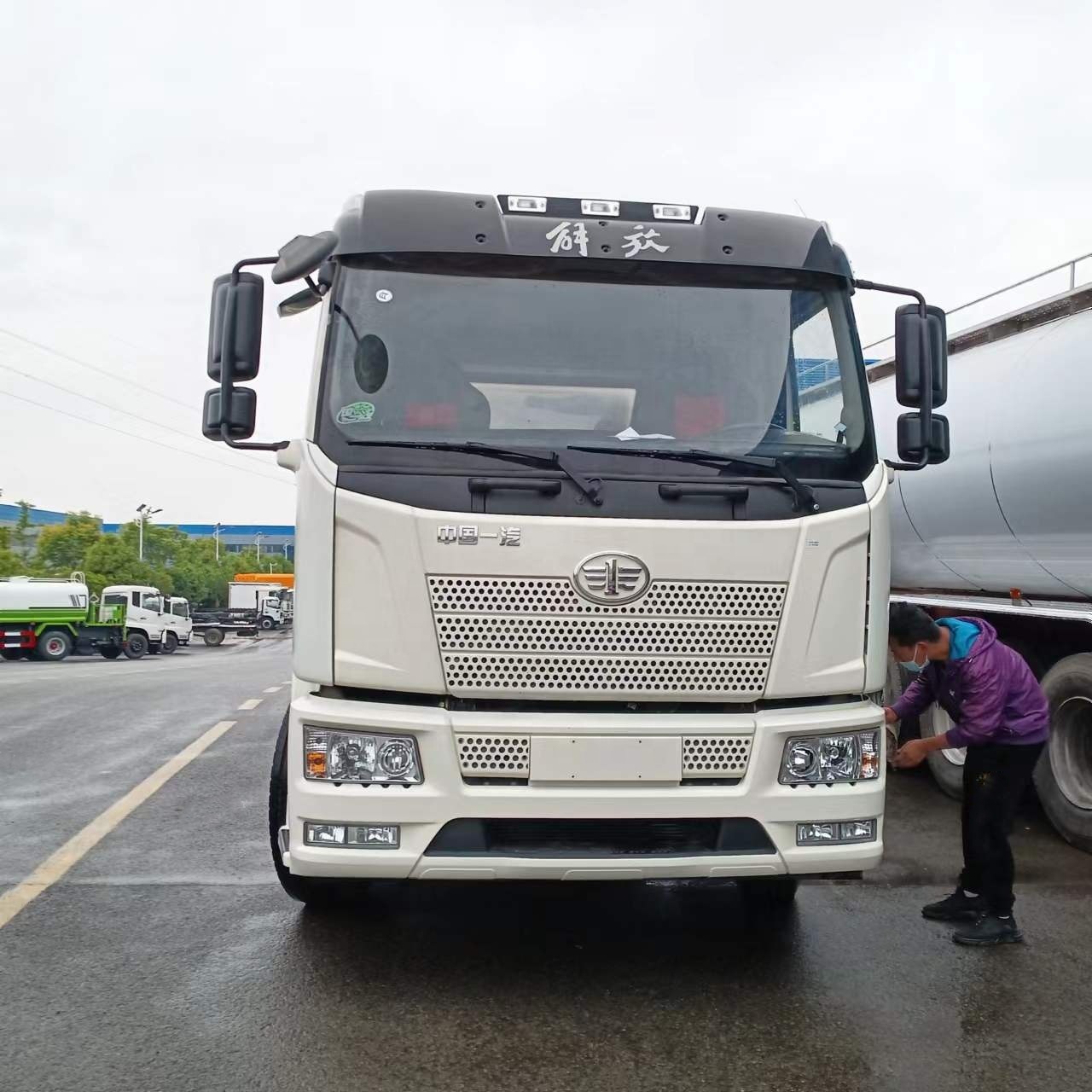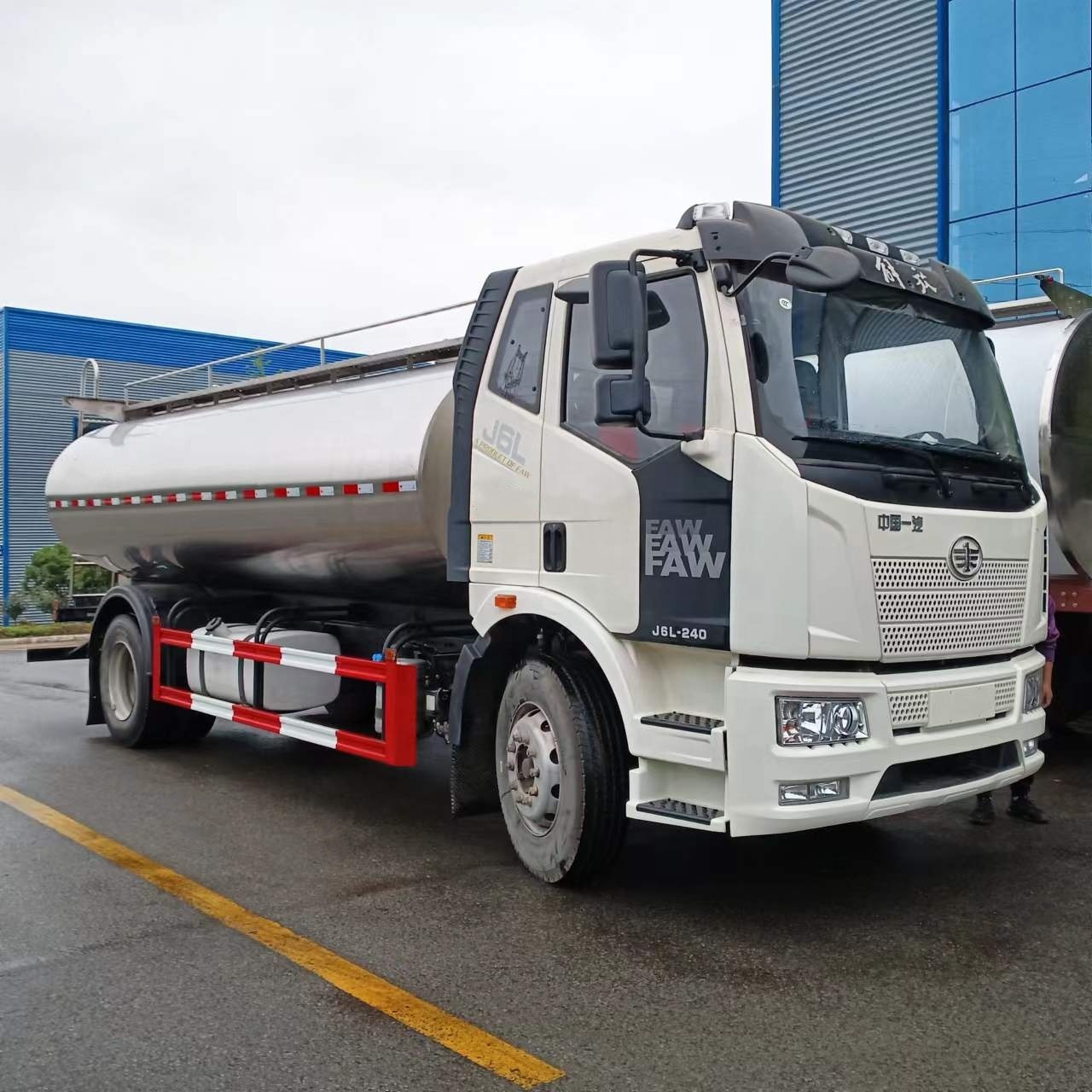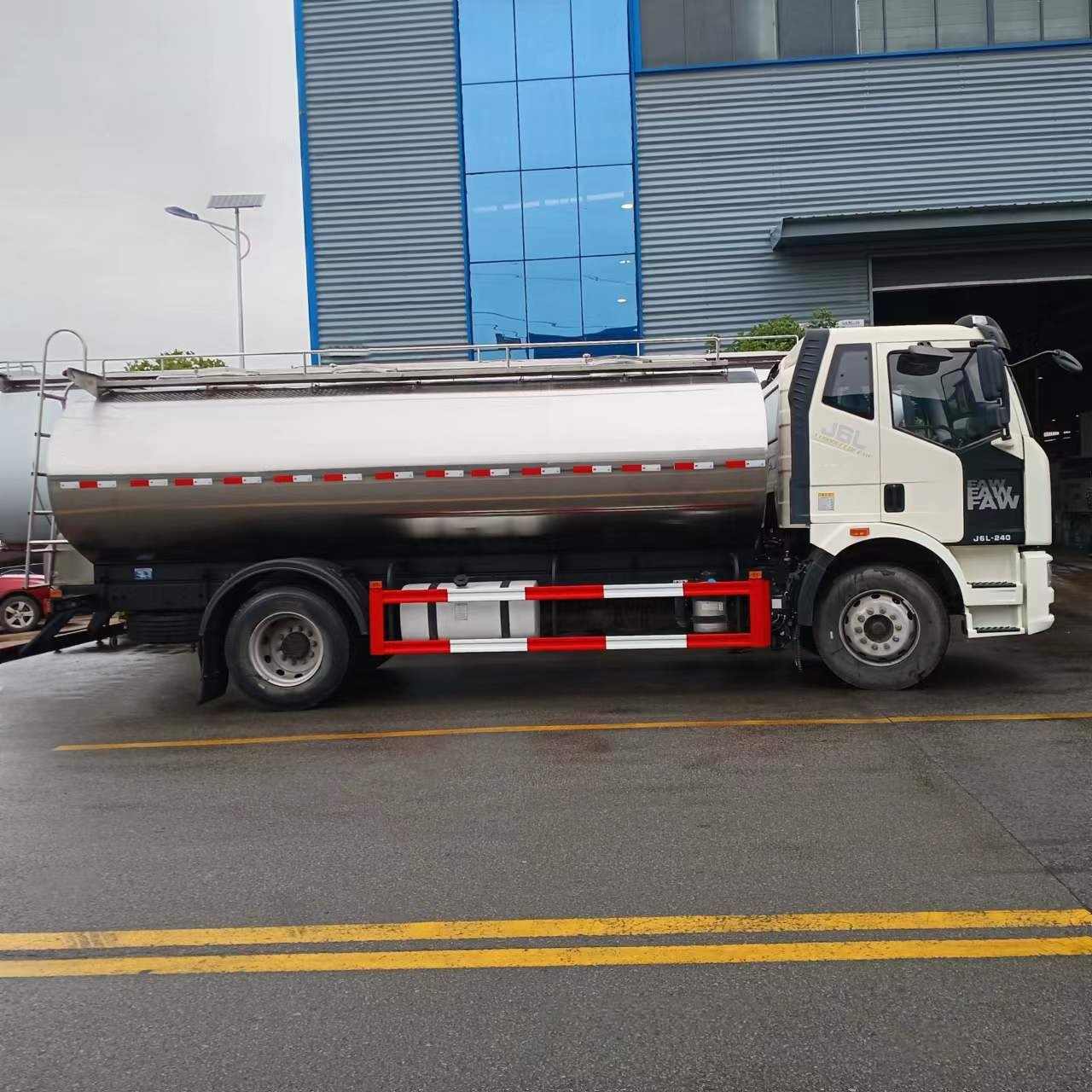The logistics behind milk transportation are fascinating, especially when you consider just how much milk needs to be moved from farms to processing facilities and distribution centers every single day. One of the most common questions that arises when discussing dairy transport is: How many gallons of milk fit in a truck? The answer depends on several variables, including the type of truck, regulations, and the distance of transport. In this article, we’ll delve deep into the factors that determine how much milk can be carried by a single truckload and the technology involved in transporting this vital perishable commodity safely and efficiently.
Types of Milk Trucks
Milk is typically transported using tanker trucks, which are specially designed to keep the milk cold and uncontaminated during transit. These trucks are either straight tank trucks or semi-trailer tankers. Let’s examine each:
1. Straight Tank Trucks
These are smaller vehicles, often used for shorter routes, such as from farms to local processing plants. A typical straight milk tank truck can carry between 2,000 and 3,000 gallons of milk. These trucks are ideal for rural areas where roads might be narrower, or where smaller loads are picked up from individual farms.
2. Semi-Trailer Tankers
For larger loads, semi-trailer milk tankers are the standard. These trucks are designed to transport large volumes of milk over long distances. The capacity of these trucks can range from 6,000 to 8,000 gallons, depending on the model and design.
In the United States, the most common size for a milk semi-tanker is about 6,000 gallons. However, in countries like Canada or Australia, where road regulations and logistical needs differ, tankers might carry up to 8,600 gallons or more.
Gallon Capacity and Weight Restrictions
While the volume of a tank is a key factor in determining how much milk a truck can carry, weight limits imposed by road and bridge authorities are equally important.
Milk is heavy—about 8.6 pounds per gallon. So a 6,000-gallon tanker truck would be hauling around 51,600 pounds of milk, not including the weight of the truck itself. With the truck, the total gross vehicle weight (GVW) can easily approach 80,000 pounds, which is the federal weight limit on most U.S. interstate highways.
If you’re using an 8,000-gallon milk tanker, the milk alone would weigh nearly 68,800 pounds. Such loads might require special permits, multi-axle configurations, or travel on roads where higher weight limits are allowed.
Because of these constraints, most trucks are designed more around weight limits than volume limits. Even if a tank could technically hold more milk, it might not be legal to fill it without exceeding the weight cap.
Tank Design and Insulation
Milk tankers are not ordinary liquid containers. They are built with sanitary-grade stainless steel and are insulated to keep the milk cool, often between 35°F and 39°F (1.6°C to 3.9°C). Some tanks use a triple-wall design with a layer of insulation between stainless steel walls to maintain the milk’s freshness during transportation.
Interestingly, milk tankers do not actively refrigerate the milk—they rely on insulation alone. This makes quick and efficient loading and unloading essential to avoid temperature rise. In most operations, milk is loaded into the truck at the correct temperature and unloaded within 24 hours to ensure quality.
Pickup and Delivery Process
A milk transport route typically involves multiple farm pickups, especially for straight trucks. At each farm, the milk is pumped into the tanker using sanitary hoses. The truck driver is often trained in sampling and testing the milk at each location, checking for temperature, butterfat content, and signs of contamination.
Once the milk truck reaches the processing plant, it’s connected to the plant’s intake system. The plant samples the load again before accepting it. Then, the milk is pumped out of the tanker, and the entire truck is washed and sanitized, sometimes at an onsite wash bay.
Milk Transport Logistics in Numbers
To better illustrate milk hauling in action, let’s run through a hypothetical example using a semi-trailer tanker:
- Tanker capacity: 6,000 gallons
- Average U.S. dairy cow: Produces about 7-8 gallons of milk per day
- Milk from one truckload: Equivalent to the daily output of 750 to 850 cows
- Annual U.S. milk production (2023): Approx. 226 billion pounds (~26.3 billion gallons)
- Number of truckloads required per day (assuming 6,000 gallons/truck):
~12,000 to 13,000 milk truckloads per day on average, across the country.
This gives a sense of the massive scale of dairy logistics in modern agriculture.
Regulatory and Safety Considerations
Transporting milk isn’t just about moving liquid—it involves strict adherence to food safety regulations. Milk trucks must comply with:
- Pasteurized Milk Ordinance (PMO) in the U.S.
- FDA guidelines on temperature, handling, and tank cleaning
- Weigh station and Department of Transportation (DOT) rules on vehicle safety
- Hazard Analysis and Critical Control Point (HACCP) systems in some operations
Each load must be traceable to its source, and any deviation in quality can lead to rejection of the entire truckload, highlighting the high standards expected from haulers.
Conclusion
So, how many gallons of milk fit in a truck? The answer lies between 2,000 and 8,600 gallons, depending on the truck type, regional laws, and weight limits. The most common milk tanker on American roads carries around 6,000 gallons, equivalent to over 50,000 pounds of raw milk. Behind each load is a tightly regulated process that ensures the milk remains fresh, safe, and traceable from farm to table.
Milk transportation is a critical part of the dairy supply chain, combining engineering precision, regulatory compliance, and logistical efficiency to keep a staple food flowing reliably to consumers. The next time you pour a glass of milk, you’ll know just how much work—and how many gallons—went into getting it there.





